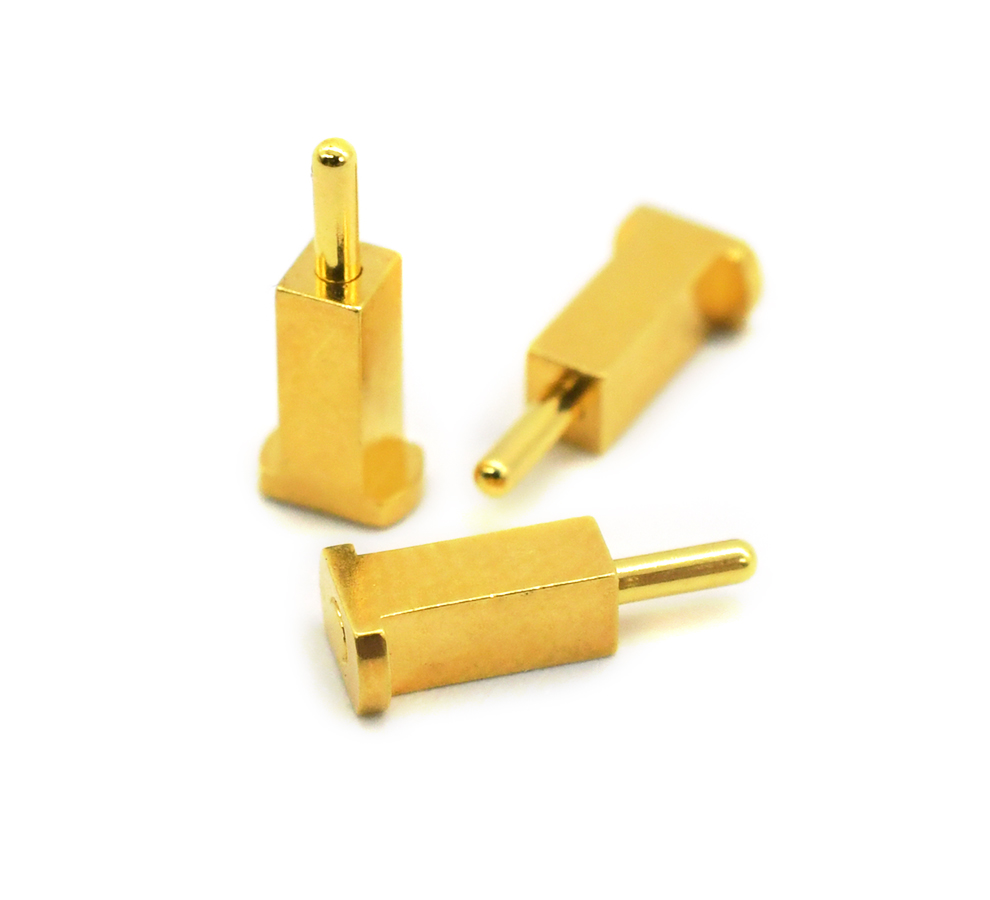Time:2025-05-06 Views:1 source:News

The fatigue - resistant design of double - ended pogo pins is crucial for ensuring their long - term reliability and performance, especially in applications where they are subject to repeated mating and demating cycles. Fatigue failure, which occurs due to the cumulative effect of cyclic loading, can lead to the breakage of the pin or a degradation of its electrical and mechanical properties. To address this issue, several design strategies are employed.
Material selection is the first step in fatigue - resistant design. High - quality spring materials, such as beryllium copper or stainless steel with excellent fatigue resistance, are commonly used for the pin's body and spring components. Beryllium copper, for example, offers high strength, good electrical conductivity, and remarkable fatigue life. Its atomic structure allows it to withstand repeated stress without developing cracks easily. Stainless steel, on the other hand, provides superior corrosion resistance in addition to good fatigue properties, making it suitable for applications in harsh environments.
The geometry of the pogo pin also plays a significant role in fatigue resistance. The shape of the spring, including its coil diameter, wire diameter, and free length, is carefully optimized. A well - designed spring should have an appropriate balance between stiffness and flexibility. A spring that is too stiff may generate excessive contact force, leading to increased wear and fatigue, while a spring that is too soft may not provide sufficient contact pressure for reliable electrical connection. Additionally, fillets and smooth transitions are incorporated at critical stress concentration areas, such as the ends of the pin and the connection points between the spring and the barrel. These design features help to reduce stress concentrations and prevent the initiation and propagation of cracks.
Surface treatment is another important aspect of fatigue - resistant design. Processes such as electroplating with materials like gold or nickel can improve the surface hardness and corrosion resistance of the pogo pin. Gold plating, for instance, not only enhances the electrical conductivity but also provides a protective layer that reduces friction and wear during mating cycles. This, in turn, minimizes the fatigue caused by mechanical abrasion and extends the service life of the pogo pin.
Read recommendations:
Consumer Electronics Magnetic PogoPin